A new four-minute ScienceCast video explores the strange quantum realm of NASA’s new Cold Atom Lab, the place where researchers are planning to create the coldest spot in the known universe.
ScienceCasts: The Coolest Spot in the Universe
NASA researchers plan to create the coldest spot in the known Universe–inside the International Space Station. The device, known as the Cold Atom Lab, could discover new forms of matter and novel quantum phenomena.
Everyone knows that space is cold. In the vast gulf between stars and galaxies, the temperature of gaseous matter routinely drops to 3 degrees K, or 454 degrees below zero Fahrenheit.
It’s about to get even colder.
NASA researchers are planning to create the coldest spot in the known universe inside the International Space Station.
“We’re going to study matter at temperatures far colder than are found naturally,” says Rob Thompson of JPL. He’s the Project Scientist for NASA’s Cold Atom Lab, an atomic ‘refrigerator’ slated for launch to the ISS in 2016. “We aim to push effective temperatures down to 100 pico-Kelvin.”
100 pico-Kelvin is just one ten billionths of a degree above absolute zero, where all the thermal activity of atoms theoretically stops. At such low temperatures, ordinary concepts of solid, liquid, and gas are no longer relevant. Atoms interacting just above the threshold of zero energy create new forms of matter that are essentially … quantum.
Quantum mechanics is a branch of physics that describes the bizarre rules of light and matter on atomic scales. In that realm, matter can be in two places at once; objects behave as both particles and waves; and nothing is certain: the quantum world runs on probability.
It is into this strange realm that researchers using the Cold Atom Lab will plunge.
“We’ll begin,” says Thompson, “by studying Bose-Einstein Condensates.”
In 1995, researchers discovered that if you took a few million rubidium atoms and cooled them near absolute zero, they would merge into a single wave of matter. The trick worked with sodium, too. In 2001, Eric Cornell of the National Institute of Standards & Technology and Carl Wieman of University of Colorado shared the Nobel Prize with Wolfgang Ketterle of MIT for their independent discovery of these condensates, which Albert Einstein and Satyendra Bose had predicted in the early 20th century.
If you create two BECs and put them together, they don’t mix like an ordinary gas. Instead, they can “interfere” like waves: thin, parallel layers of matter are separated by thin layers of empty space. An atom in one BEC can add itself to an atom in another BEC and produce – no atom at all.
“The Cold Atom Lab will allow us to study these objects at perhaps the lowest temperatures ever,” says Thompson.
The lab is also a place where researchers can mix super-cool atomic gasses and see what happens. “Mixtures of different types of atoms can float together almost completely free of perturbations,” explains Thompson, “allowing us to make sensitive measurements of very weak interactions. This could lead to the discovery of interesting and novel quantum phenomena.”
The space station is the best place to do this research. Microgravity allows researchers to cool materials to temperatures much colder than are possible on the ground.
Thompson explains why:
“It’s a basic principle of thermodynamics that when a gas expands, it cools. Most of us have hands-on experience with this. If you spray a can of aerosols, the can get cold.”
Quantum gases are cooled in much the same way. In place of an aerosol can, however, we have a ‘magnetic trap.’
“On the ISS, these traps can be made very weak because they do not have to support the atoms against the pull of gravity. Weak traps allow gases to expand and cool to lower temperatures than are possible on the ground.”
No one knows where this fundamental research will lead. Even the “practical” applications listed by Thompson—quantum sensors, matter-wave interferometers, and atomic lasers, just to name a few—sound like science fiction. “We’re entering the unknown,” he says.
Researchers like Thompson think of the Cold Atom Lab as a doorway into the quantum world. Could the door swing both ways? If the temperature drops low enough, “we’ll be able to assemble atomic wave packets as wide as a human hair–that is, big enough for the human eye to see.” A creature of quantum physics will have entered the macroscopic world.
And then the real excitement begins.

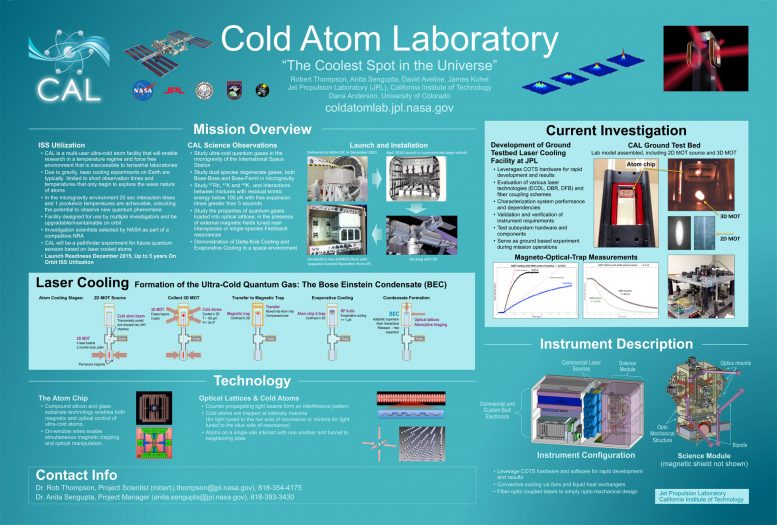
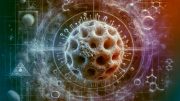


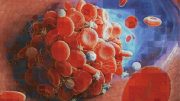
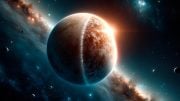


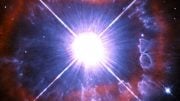
This makes us to travel from macroscopic universe to microscopic universe where everything is made up of quantas of wave packets and no matter at all. Both matter and wave are only two sides of the coin. Since temperature of the Universe is always above zero degree kelvin (i.e.-273.15C) which is called absolute zero and if we can reduce the temperature to near 0 degree Kelvin, we can witness a different universe with superconductivity and finally disappearance of matter into wave packets. The closeness to zero degree can be achieved better in space rather than on laboratories on Earth. Here the achievement of few pico degrees above the absolute zero is attempted. We know about matter, anti-matter, dark matter and so on. But the zoo of energy world from where the matter is born is yet to be explored and the subtle correlation among the four types of energy ,viz., gravitational, electrostatic (including elctro-weak), Strong forces and mass giving Higgs forces are yet to be fully exploited. A very high temperature at the time of big bang (10^19 degree kelvin)got cooled to produce, quarks, protons, helium and the matter universe and even could be the annihilated antimatter universe. On the other side of this spectrum, A VERY COLD UNIVERSE extrapolates the conversion of matter into waves , since I won’t use the word annihilation which is reserved for conversion of matter into energy in atomic explosion, being at the other end. Thanks for this research and extension of knowledge of Physics. Thank You.
Do you know what Phase Transition is? And that it happens at the speed of light. We thought it would happen deep in space, in the dark region. But I guess I was wrong.